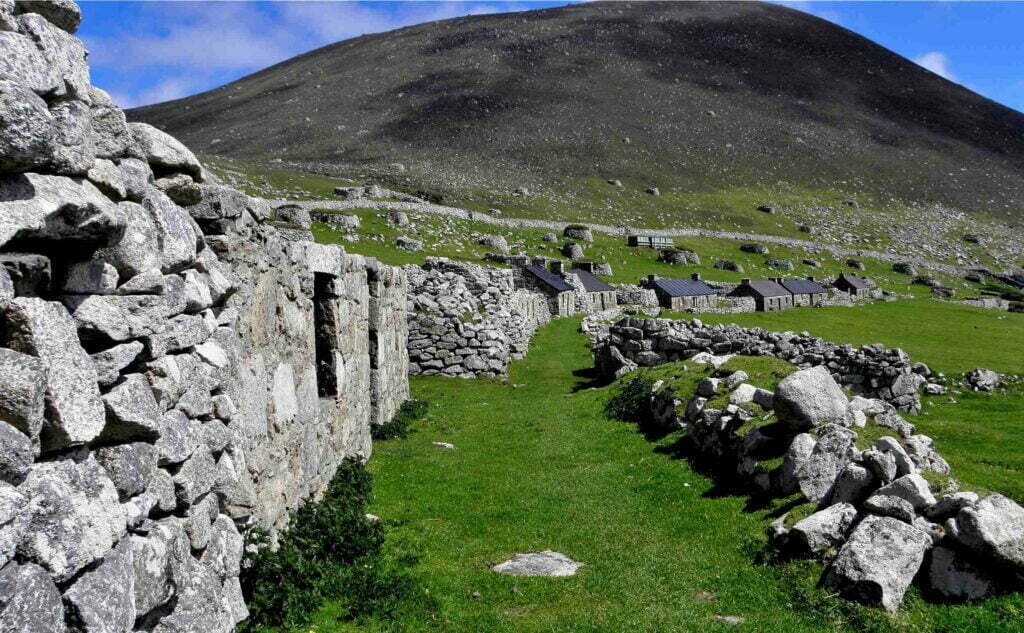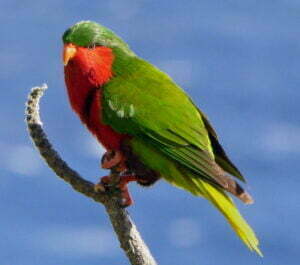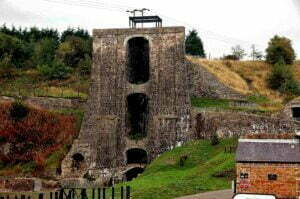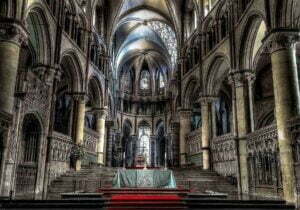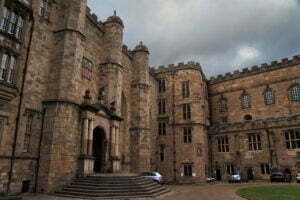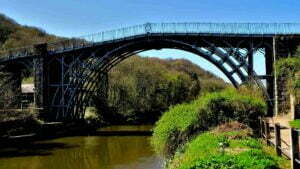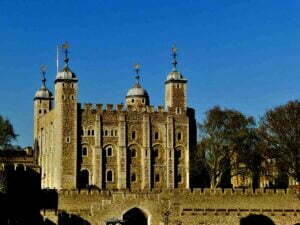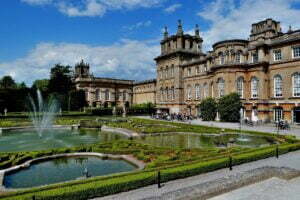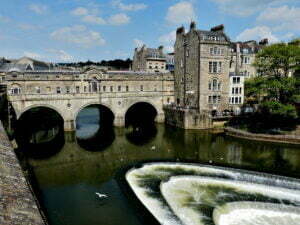St Kilda is a group of small islands in the Atlantic Ocean. These Scottish islands, part of the United Kingdom of Great Britain and Northern Ireland, became a UNESCO World Heritage Site in 1986.
It is 110 miles (180 km) from the mainland and is part of the group of islands called the Outer Hebrides.
St Kilda Scotland
During the Ice Age, ice did not cover the islands. So they have a barren, rocky interior and sea cliffs that rise to 1,300 feet (400 meters) and are home to the greatest number of gannets in the world.
There are also animals like sheep, wrens, and mice that are all unique. In 1930, the 35 people who lived on the largest island, Hirta Scotland, were moved off of it.
This was the end of a long history of people living on Hirta, which goes back to prehistoric times. They are in the Scottish council area of the Western Isles. The National Trust for Scotland now takes care of the islands as a nature reserve.
St Kilda world heritage site
This group of islands, which are made up of volcanoes and have beautiful scenery, is near the Hebrides. St Kilda has four islands that make it up: Hirta, Dun, Soay, and Boreray.
Some of the tallest cliffs in Europe are there. Rare and endangered bird species, especially puffins and gannets, live there in large colonies.
Since 1930, no one has lived on the group of islands. But there are signs that people have lived there for more than 2,000 years in the harsh conditions of the Hebrides.
St Kilda facts
Here, you can find all signs of people, such as built structures and field systems, cleits, and traditional Highland stone houses.
They show the shaky remains of an economy that was based on birds, farming, and raising sheep.
On St. Kilda, there are almost a million seabirds during the breeding season. Because of this, it is the largest seabird colony in the north-east Atlantic.
It is the largest and most diverse seabird sanctuary in Europe, which is important on a global scale. St. Kilda is one of a kind because there are so many birds in such a small area.
This is because the place has a lot of different ecological niches and the sea around it is very productive. The populations of the Northern Gannet, the Atlantic Puffin, and the Northern Fulmar are very important.
The sights and sounds of all these seabirds make the St Kilda archipelago much more beautiful and interesting during the breeding season.
Only two subspecies live there: the St Kilda wren and the St Kilda field mouse, as the islands are so far from other places.
St Kilda history
They are great examples of how people can move to and change the ecosystems of faraway islands over time.
A big part of the scenery is the wild Soay sheep. They are an ancient breed that came from the oldest domesticated sheep in Europe.
They are living proof of how long people have lived on St. Kilda, and they could also be a good source of genetic information.
The marine environment around the archipelago has a richness and color that you can’t find anywhere else.
This is because of the combination of oceanic influences, like deep ocean currents close to the continental slope, extreme exposure to waves and oceanic swell, clear water, and the geology of the area.
In the seabed communities, you can find the “northern” and “southern” species that live at the northern and southern ends of their ranges.
The sea life on the steep underwater rock faces is always moving because of the Atlantic swell. These create a kaleidoscope of colors and shapes and a landscape under the water that is just stunningly beautiful.
Maintaining biodiversity on land and in the sea depends on the complex ecological processes in the marine environment.
St Kilda archipelago
A rich cultural landscape shows how people have lived there for thousands of years and adds to the beauty of the natural landscape.
Researchers have found that people have lived in the St Kilda archipelago on and off for more than 4,000 years.
The landscape of Village Bay is made up of houses, large enclosures, and cleits, which are unique drystone storage buildings that can be found on the islands and stacks of the archipelago by the hundreds.
These buildings are the only ones of their kind. The physical remains are a strong and real link to the past history, people, and way of life of the islands.
The people of St. Kilda came up with this unique way of life because they had to deal with the islands’ unique physical and geographical setting.
St Kilda islands
The islands are a very well-preserved and well-documented example of how people lived for thousands of years on storm-tossed, isolated islands by using natural resources and farming.
They are a physical reminder of a way of life that no longer exists. People used seabird products and subsistence farming as their main sources of income and food.
Traditions and uses of the land that have been around for a long time and have changed the landscape a lot have also, without a doubt, added to its beauty.
St. Kilda is a good example of a subsistence economy, in which people live off the resources of the land and sea and change them over time.
This went on until outside forces caused the economy to go down, and the islands were left empty in 1930.
The sad history of the archipelago, the amazing fossilized landscape, the archipelago’s outstanding and spectacular natural beauty and heritage, as well as its isolation and remoteness, leave you in awe of nature and the people who once lived there.
